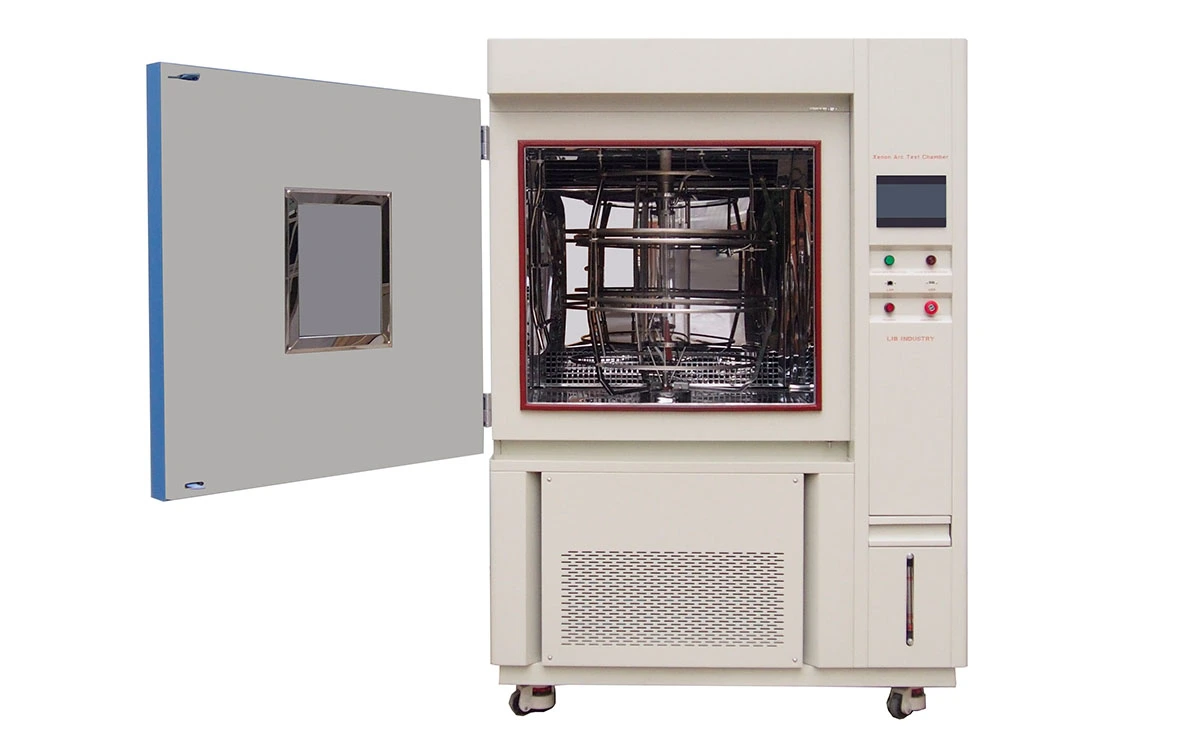

A dust test chamber is a type of walk-in dustproof testing enclosure used to simulate and evaluate the performance and reliability of products in dusty environments. It is commonly utilized for testing the dustproof ratings of electronic equipment, such as energy storage cabinets, containers, series boxes, battery packs, distribution boxes, outdoor cabinets, connectors, sensors, optical instruments, and more.

The typical components of a dust test chamber include a workspace body, dust-blowing circulation duct, vacuum pumping system, dust collection device, electrical control system, and safety protection system. It employs a single high-power, low-noise centrifugal fan, with the wind speed adjustable via a variable frequency drive as per testing requirements. Additionally, the dust test chamber features adjustable parameters such as temperature range, nominal wire diameter of the metal mesh, wind speed, circulation period, talcum powder quantity, and sample power supply.
When using a dust test chamber, it is essential to determine the appropriate parameters and performance requirements based on the product's dustproof rating and actual usage environment. To ensure the accuracy and reliability of the test results, it is also crucial to maintain and upkeep the equipment, regularly inspecting the performance indicators to confirm they are within normal ranges.
The working principle of a dust test chamber involves generating a dusty environment by blowing dust at a certain wind speed within a sealed workroom. It is generally equipped with auxiliary devices such as a dust immersion apparatus.The chamber’s temperature is regulated by temperature control and heating device. The rated wind speed is achieved by adjusting the fan's rotational speed, and the chamber's internal pressure is lowered using a vacuum pump. The appropriate amount of dust, is introduced and dispersed through vertical circulating blowing airflow to achieve the rated dust concentration. Typically, the test equipment is equipped with control or measurement devices for temperature and dust concentration.

The dust test chamber simulates sand and dust conditions using free-falling dust and pressure dust removal. In the free-falling dust mode, a centrifugal machine blows dust to the top of the chamber, allowing the dust to settle freely. The chamber is made of 304 stainless steel with a coating, and the interior features smooth 304 stainless steel walls, making it dustproof and rustproof.
 English
English русский
русский français
français العربية
العربية Deutsch
Deutsch Español
Español


